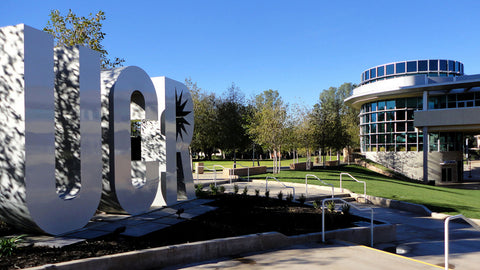By Josephine Reid
According to the Washington Post, medical school costs actually will result in less medical personnel, despite the increase in sick Americans in need of care. Over the past two decades, medical school tuition has increased by 312% in public institutions and 165% in private institutions. This has left students in the health professions with drastic amounts of student debt and possibly even worse, has turned many others away from pursuing such fields all together.
This is not consistent with our nation’s goals of increasing student degree attainment and filling the much needed roles in the healthcare industry. It is predicted that we will need 124,000 more physicians, 157,000 more pharmacists and up to 1 million more nurses in the United States over the next 10 to 20 years; in part due to expanded coverage under the Affordable Care Act. Yet today, low-income students are discouraged from applying to medical, dental and other health programs because of high tuition and insufficient scholarship funds.
Our nation’s health will increasingly suffer from this growing lack of health providers — and most certainly from a lack of health providers in communities of need. This is one of the more daunting effects steaming from the costs of medical schools in the U.S.
This may make one wonder, what would our world look like if medical school was one day free of cost? Would this help the overall healthcare costs? Making medical school free would relieve doctors of the burden of student debt and gradually shift the work force away from specialties and toward primary care. It would also attract college graduates who are discouraged from going to medical school by the costly tuition.
It's estimated that free medical school would cost us roughly $2.5 billion per year — about one-thousandth of what we spend on health care in the United States each year. What’s more, we can offset most if not all of the cost of medical school without the government’s help by charging doctors for specialty training.
Progress In America
California University played with this concept by offering opportunities for free medical school. In California, Medicaid applications have jumped by 135,000 since Oct 1, and the projection is for 1.4 million new applications in 2014. That's the most of any state.
The problem is that there aren't enough doctors to treat the state's population in need. California's shortage of primary-care doctors has left students like Jennifer Han a unique position of starting medical school and not having to worry about the cost. Jennifer could be racking up $36,000 a year in medical-school debt -- just for tuition. But she won't have to pay that. Jennifer was the first student at the new University of California Riverside Medical School to get this unique deal.
With money donated to the school, there were plans to offer five full-ride scholarships to students who agree to stay in the area for five years after they graduate and choose primary care rather than more lucrative specialty fields such as radiology and anesthesiology.
Expenses Continue
There is no specific direct link between the cost of medical school and high healthcare costs. The main factors include state regulations and emergency room visits. By law, hospitals are not allowed to turn away those who show up to the emergency room, resulting in people simply showing up to the emergency room for care and then failing to pay the bills, prompting hospitals to pass on the costs elsewhere.
Other heavy costs that effect the costs of healthcare include Medicare and Medicaid. This program generally underpays doctors; as the former pays doctors 80% of what they would receive from private insurers and the latter pays doctors around 50% of what they would receive from private insurers. The result is that those costs are passed on via increased taxes and premiums, according to The Daily Wire. This and other bureaucratic reasons are the primary contributing factors to high healthcare costs.

